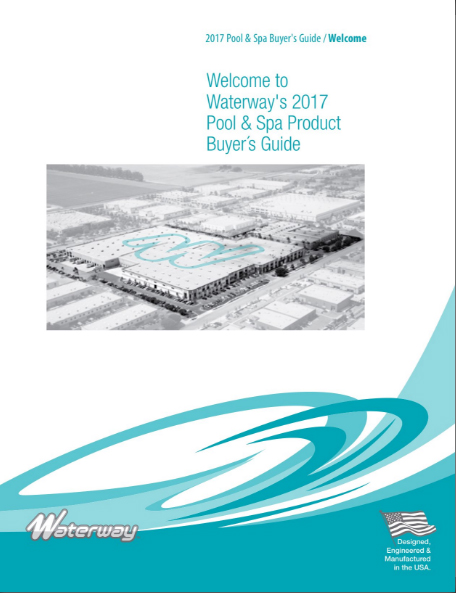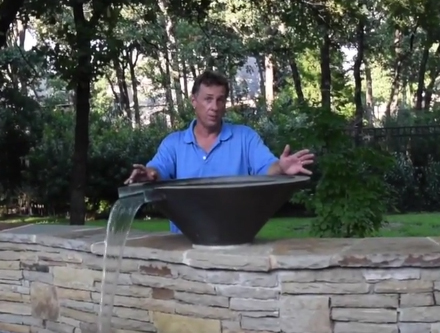engineering
One of the things I like most about working in the watershaping business these days is how clever and creative designers and builders have become at what they do. It's not just the big details such as vanishing edges, play-pool configurations, sun shelves or swim-up bars. And it's about more than beach entries, grottos, laminar jets and cool spillways. Those are all great, every one of them, but what I'm talking about here is the attention to the small things - the subtle ways more and more watershapers are finding to make
What we have here is essentially three stories rolled into one. Partly, it's about what happens when a well-established company steps beyond its comfort zone with a major renovation project that involves an unusually large set of unknowns. It's also about what can happen to a property when an old, large, man-made pond system breaks down, time passes and the space reverts to a wild, natural state. And it's about what's involved in pulling a failed
Pentair Commercial (Sanford, NC) has introduced the ETi 400, a high-efficiency heater that uses a…
Waterway (Oxnard, CA) has released its 2017 Pool & Spa Product Buyer’s Guide, a 340-page,…
In recent years, most watershapers have had to speak up in defense of their projects when prospective clients start asking questions about water use and how a pool or pond or fountain can possibly represent a sustainable use of a precious natural resource. These questions even come from those who are fully committed to making water a part of a business or civic setting or a feature in a home environment: They're looking for ways of
When we think about Koi ponds, the images that most often come to mind are of spaces entirely naturalistic: irregular shapes, edges offering limited direct access, lots of aquatic and terrestrial plants interacting at the margins and, as a rule, little suggestion of formality in the design. That was certainly the case in a project I recently shared through
It definitely helps to have a good reputation within the local design community. In this case, an architect I've known for years and have worked with on numerous occasions - someone with whom I've gotten so familiar with on the job site that we've become good friends - called me in to meet clients who needed help beyond the work he was doing on their house. He thought we'd be a good fit, and he was right: From our first meeting, the clients and I
Water bowls emerged not long ago as a key element in the Watershaping Industry's ongoing campaign to bring dimension, sound and vitality to residential backyards and commercial settings. They go a long way toward masking traffic noise, which is cool, but even in a space that's perfectly quiet, they offer up soothing sounds while bringing a sense of variety and visual stimulation to projects of just about any size or extent. As with the many
Three words come to mind when I consider what's been happening with the Main Fountain Garden at Longwood Gardens for the last two-and-a-half years: ambitious, audacious and amazing. The people behind the project, from Longwood's management team to all of the outside players who signed on to get the work done, were supremely ambitious in deciding to reconstruct a historic national treasure - first commissioned in 1931 - and bring it abruptly up to 21st-century standards for performance, automation and serviceability. They were audacious to the extent that they decided that all of this should happen in plain view, with no visual obstructions to hide what was going on from the public at large - no construction pen, no yellow tape, no barriers of any kind to keep the observers who crowd the fountain's famed Conservatory Terrace from seeing exactly what was happening with their beloved water display. But so amazing! Although it had been in decline





















